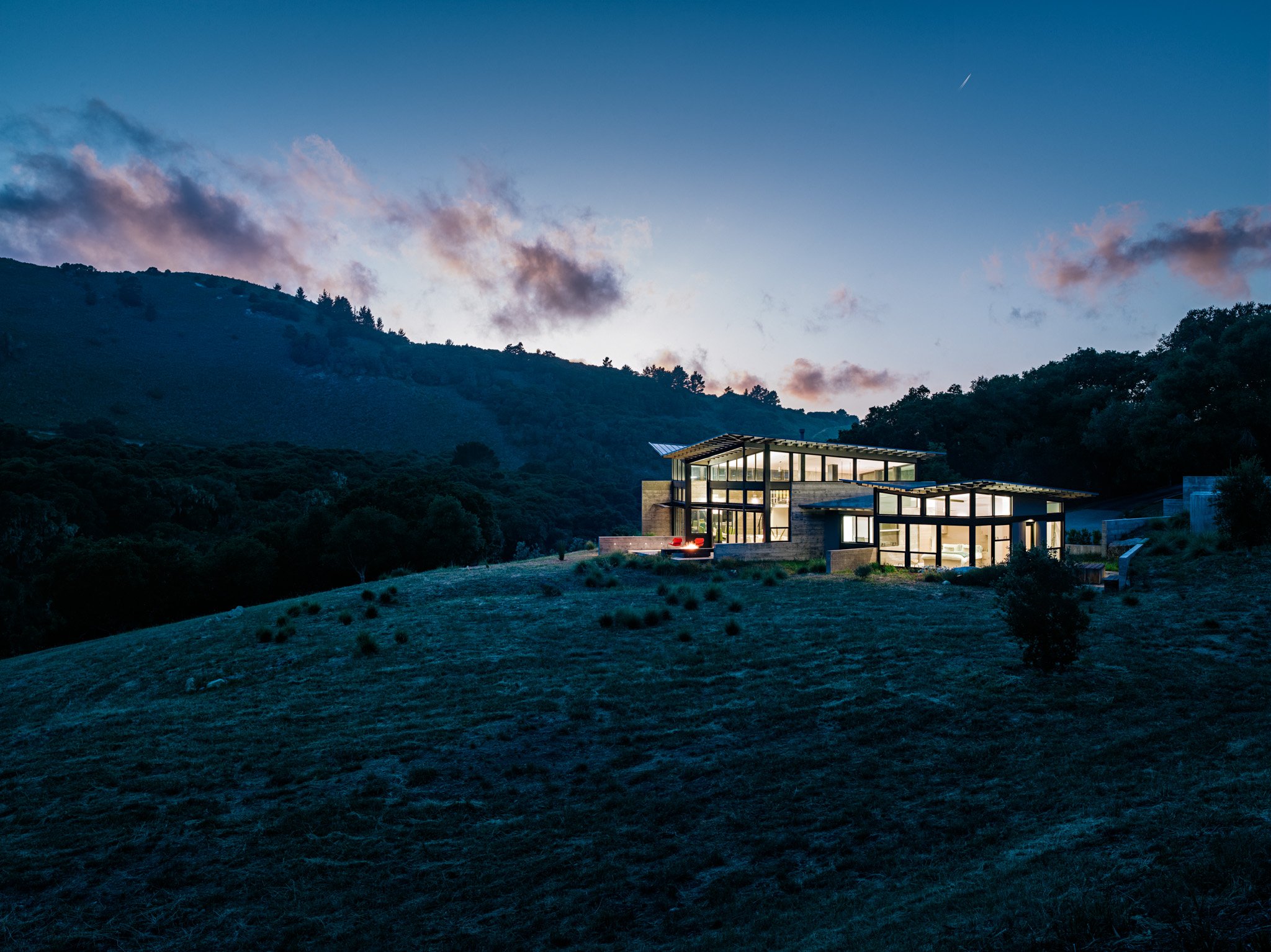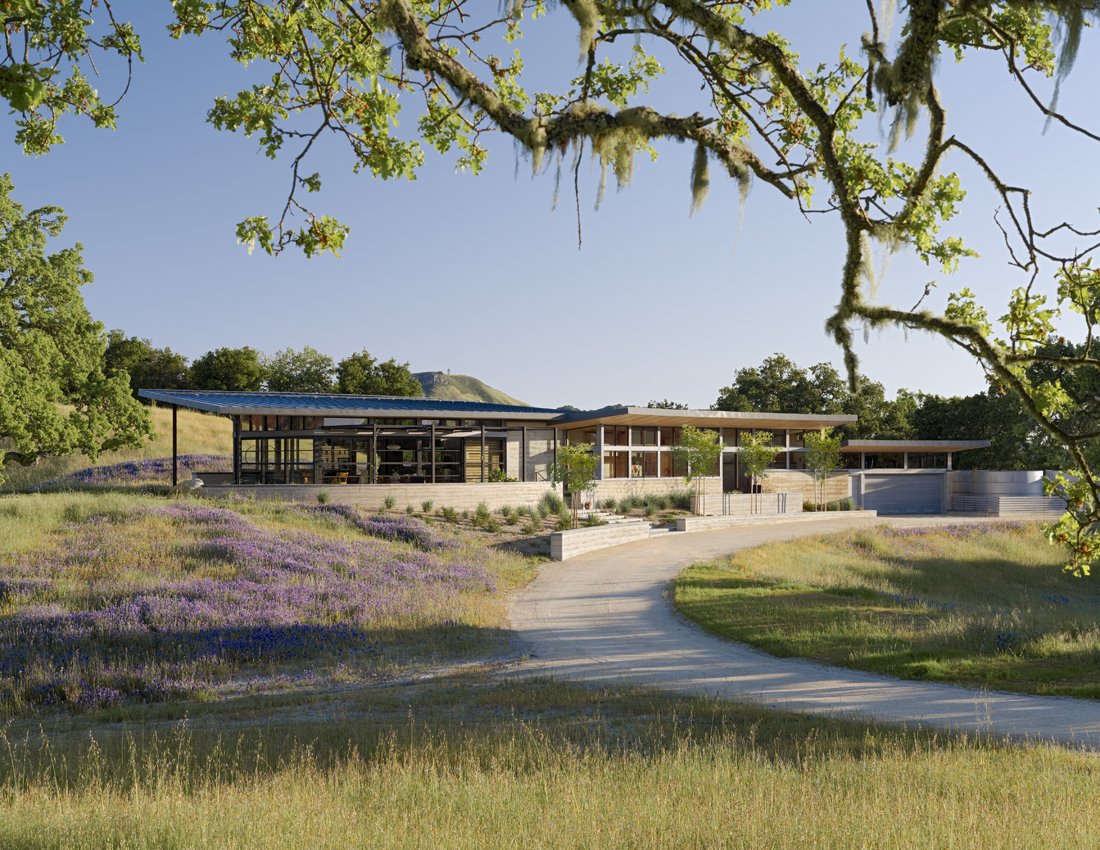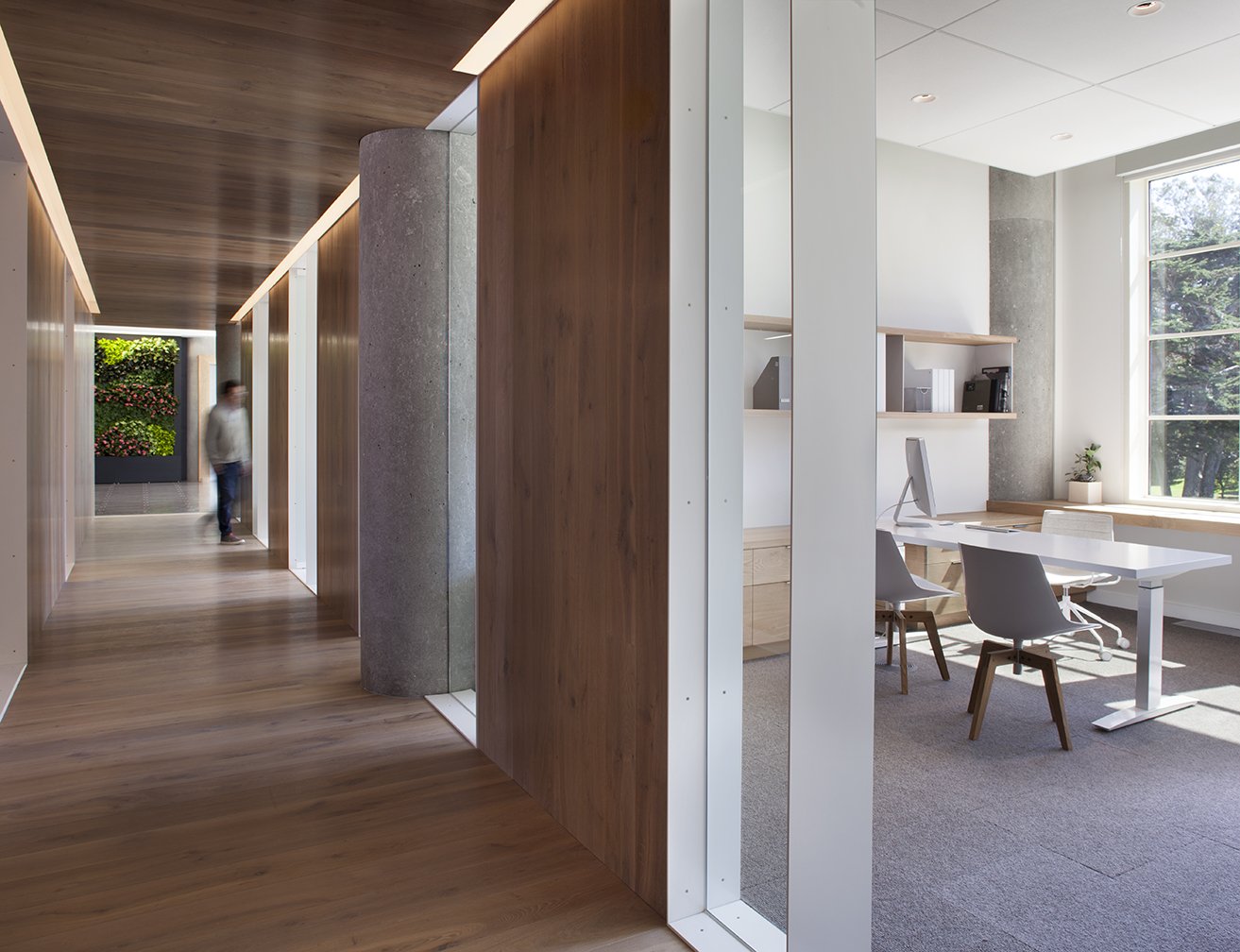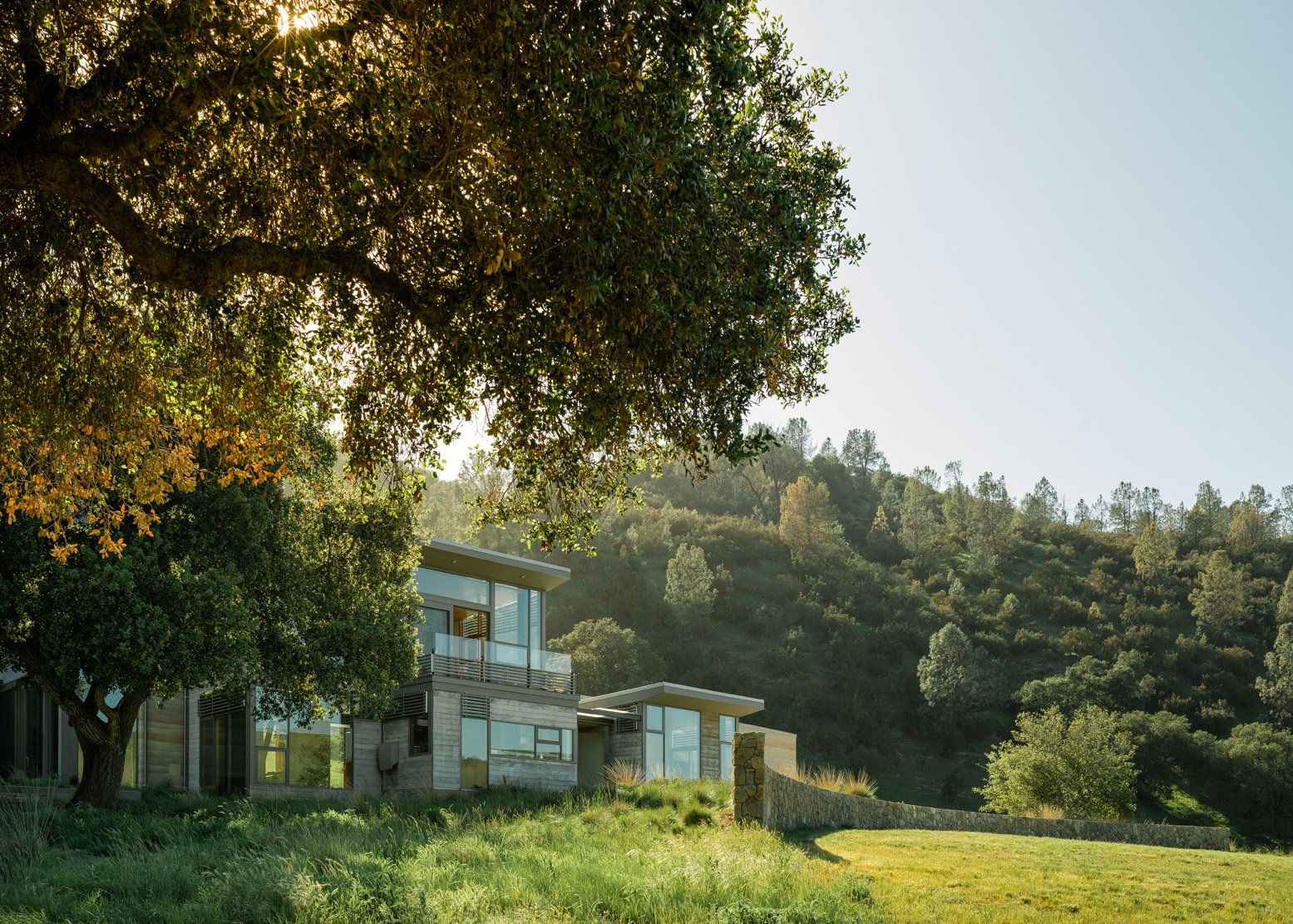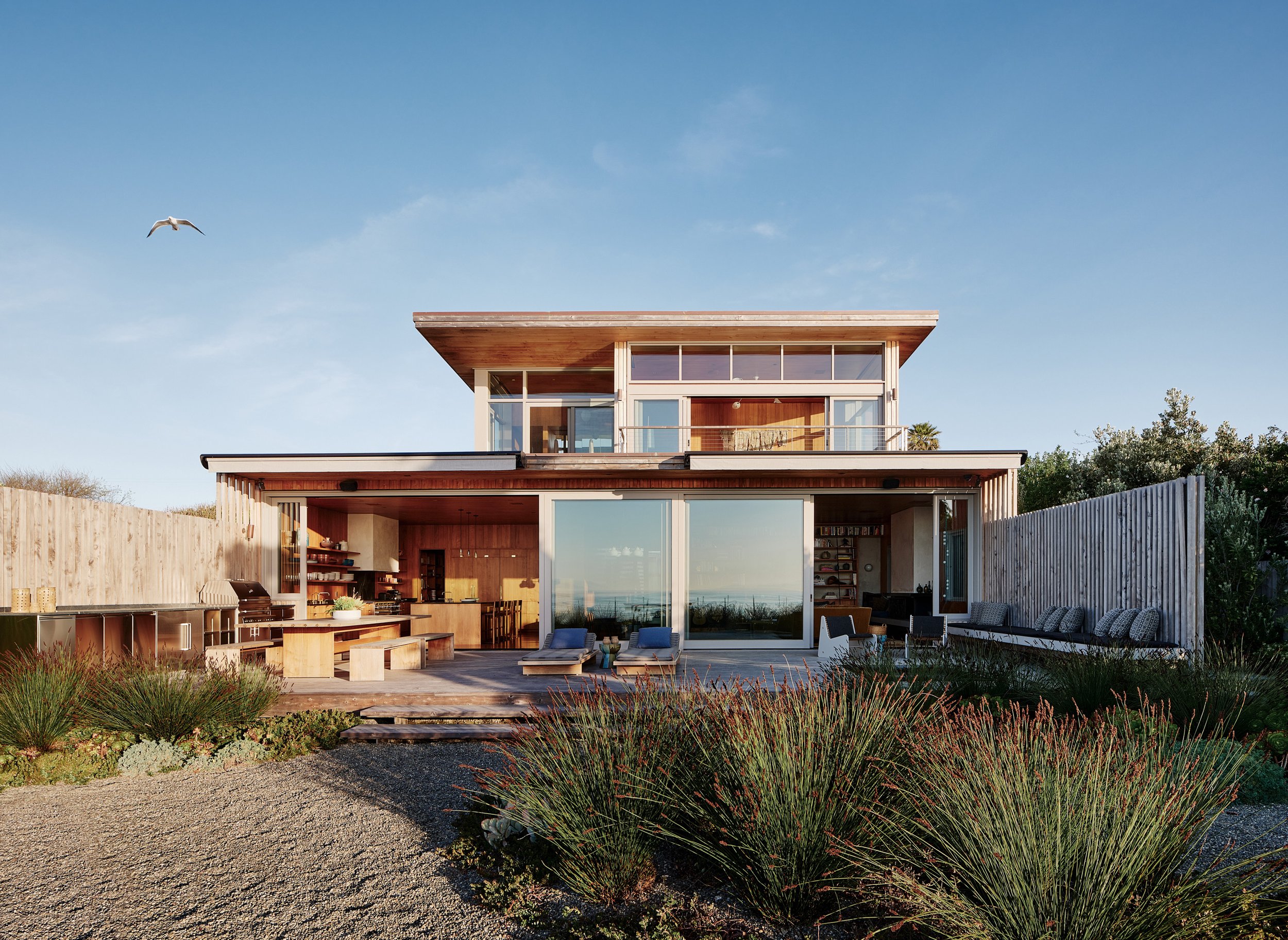#282 - JONATHAN FELDMAN, Founder of Feldman Architecture
SUMMARY
This week Jonathan Feldman, Architect, and Founding Partner and CEO of Feldman Architecture joins David and Marina of FAME Architecture & Design to discuss studying astronomy and English prior to architecture; taking on new clients; his office’s beginnings and evolution; key ideas for implementing sustainable design; and more. Enjoy!
ABOUT JONATHAN
Jonathan, AIA, LEED AP, is Feldman Architecture’s Founding Partner and CEO. Since establishing the firm in 2003, he has led its development into a residential and commercial design practice recognized for creating warm, light-filled spaces with an understated modern aesthetic. Jonathan is passionate about design that solves complex problems and is committed to creating solutions that significantly improve the way we live and interact with our planet.
Initially interested in filmmaking, Jonathan moved to California in the 1990s, where he worked on feature films and commercials. “I learned a lot from filmmaking that I apply to my work as an architect today,” he notes. “In particular, I came to appreciate how movement through space tells a story, and by thoughtfully choreographing that sequence, I can help to define how people see and experience the world.” Seeking a more direct connection to shaping the experience of space, Feldman shifted his career to architecture, earning a Master of Architecture degree from the University of Oregon, a program noted for its focus on sustainable design.
Jonathan’s work reflects an understanding of the elemental connections between buildings and their surrounding environment, whether urban or rural. “Architecture is inherently an act of optimism,” he notes. “It’s a belief that ideas can manifest themselves to solve problems and create beauty that we can all experience.” His work demonstrates that sustainability is an integral part of design, not merely an afterthought to solve a problem. Among Jonathan’s notable projects are Butterfly House, a home with operable walls open to merge inside with outside; The Farm, his own Victorian-era residence, which was transformed into a state-of-the-art sustainable tour de force; the Caterpillar House, a rammed-earth structure and the first LEED Platinum Custom Home on California’s Central Coast; and the firm’s own offices, which morphed a historic firehouse in San Francisco’s Pacific Heights neighborhood into a multi-use office and commercial retail venue.
Jonathan’s work has been widely published, appearing in hundreds of publications worldwide, including the New York Times, The Wall Street Journal, Dwell, HuffPost, and Architectural Digest, among others. His recognition includes local, regional, and global awards, notably several American Institute of Architects awards as well as the Chicago Athenaeum American Architecture Award.
In addition to his degree from the University of Oregon, Jonathan holds a Bachelor of Arts from Amherst College, where he majored in Astronomy and English. A registered architect in California, Hawaii, Oregon, Massachusetts, and New Mexico, Jonathan enjoys sharing his knowledge of architecture and sustainable design on panels and regularly serves on competition juries for local and national design awards, as well as the AIA California’s Committee on the Environment (COTE). He lives in San Francisco with his wife, two daughters, and an ever-increasing number of rescued animals.
TIMESTAMPS
(00:00) Jonathan’s background
(13:49) The Feldman Architecture studio process
“In this world where everybody has so much access to images online, so many people gravitate towards that final solution that they like, that resonates. To me, that can be very dangerous to me… to be too attached to something too specific early on. We want to be very vague and as broadly open-minded as we can. We want to be a blank slate going into a project and just be listening and observing the client, the program, and the context, of course.” (14:38)
(16:17) The process of screening clients
“Finding the compatible client to me is the make or break talent and survival skill in my world. So it’s, “How do you have conversations and find people who you can align with both in terms of values of what you want to create and whether you think it's appropriate and exciting?” Projects are something you're going to put this huge amount of energy into. [You do not want to] be butting heads or trying to change minds or turn them into a different person along the process, because that’s never going to be satisfying for anybody.” (16:38)
(38:12) How Jonathan transitioned into architecture school
(50:45) Jonathan’s experience post-graduation and first architectural project
“I do fundamentally believe you learn more from doing things than from sitting around talking about them or doing theoretical exercises. It was a very hands-on experience doing those early projects like my parent's house. It really allowed me to understand stuff that was jammed into my head in graduate school, but that I had no idea how useful it would be later. At the same time, I'd say the technical education that I got in architecture school was pretty light.” (58:18)
(01:00:50) How Jonathan started his own practice
(01:03:23) How the office has evolved over time
“There's just a lot on an architect’s shoulders in a project, and you know, I was always the big idea person…But the rigor of building drawings, a drawing set of construction documents, and the detail oriented-ness of the follow-through and all of that stuff was always kind of frightening and I always felt a little bit like an imposter. So bringing in people who were really good at those things was just very comforting, very empowering.” (01:04:21)
(01:25:55) Implementing sustainable design
“Whatever commitment you can get the client to make [regarding sustainable design]. Is a good thing. Don't judge it. Just take it because it's an add. It's a better version of the process if we're all just committing to that because those things fall by the wayside when things get stressful.” (1:41:37)









